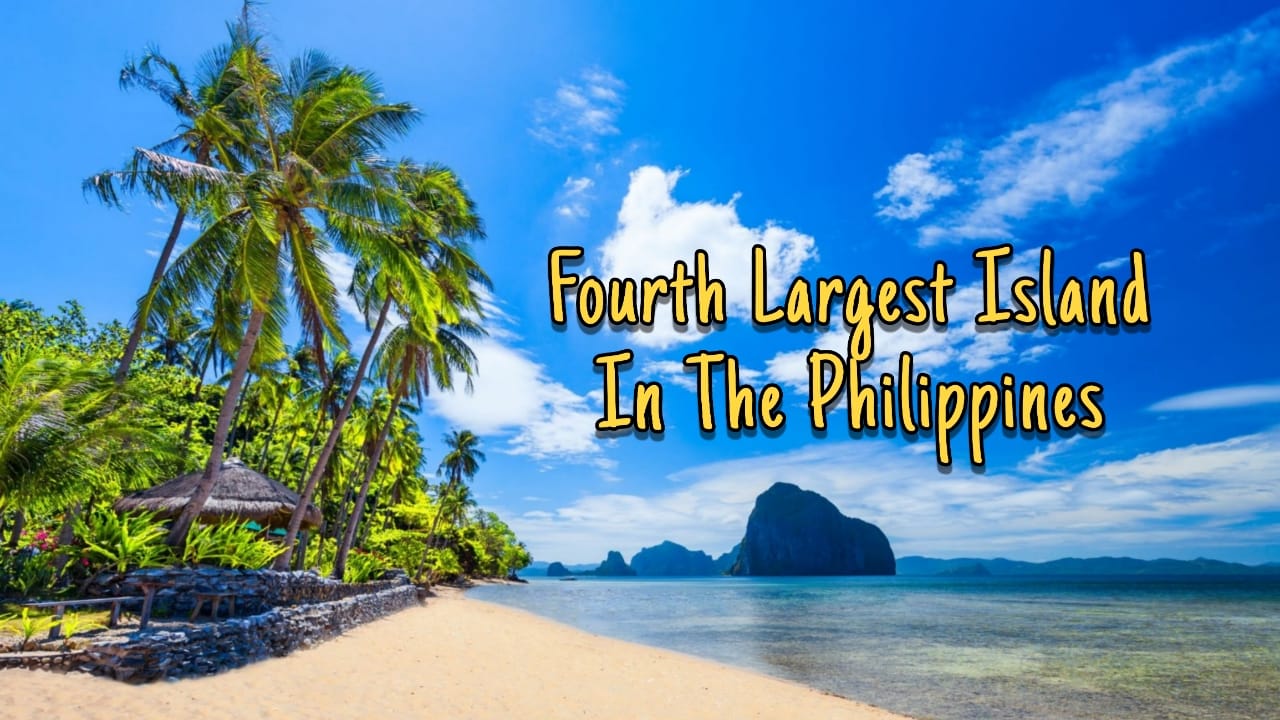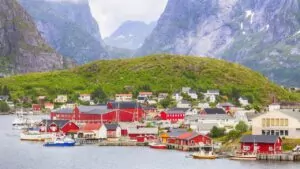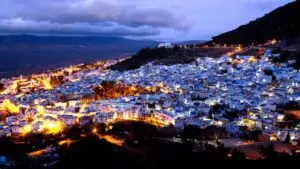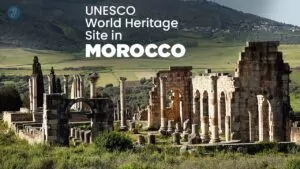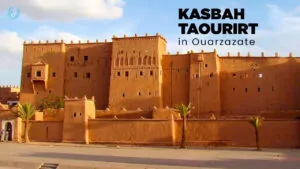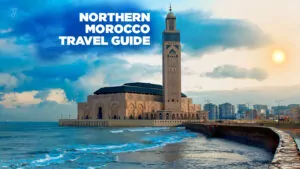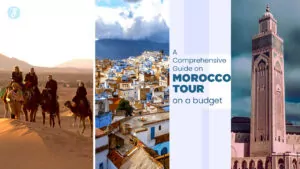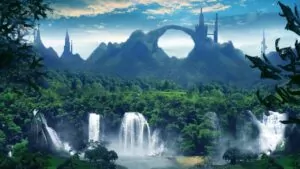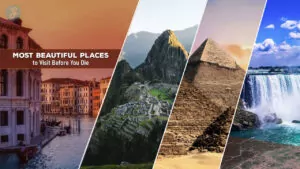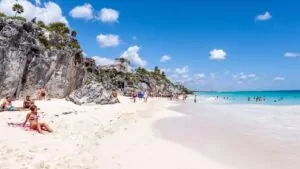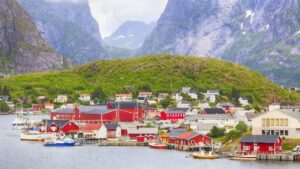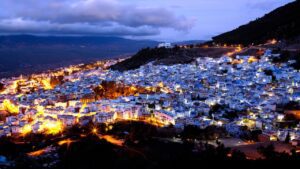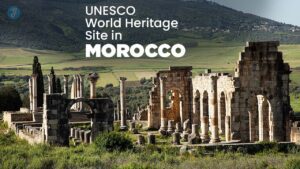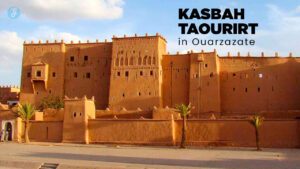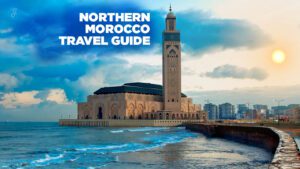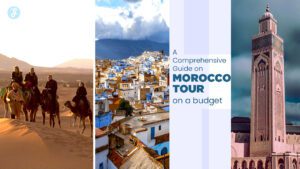Planning a trip can be tough. You’re looking for that perfect spot where the blend of culture, nature, and adventure meets. It’s a place you want to discover, experience in full color, and share with everyone when you return home.
Welcome to Negros—the fourth largest island in the Philippines—a treasure trove waiting to unveil its wonders.
Positioned at the heart of the Visayan Islands, Negros is split into two vibrant halves: Negros Occidental and Negros Oriental. Each offers unique experiences—from towering mountains to serene beaches and lively cultural festivals that tickle your senses like no other place on earth.
Our blog post will guide you through accessing this magnificent island, exploring top tourist attractions, pinpointing the best time for a visit, diving into its rich history—and more! Get ready for an unforgettable journey.
Curious? Keep reading!
Overview of Negros Island
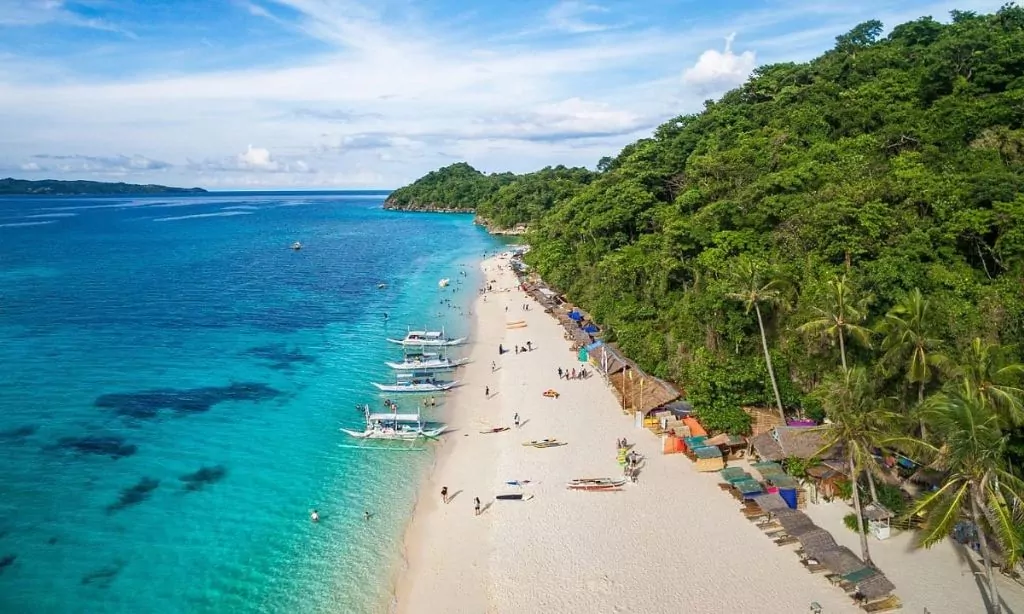
Negros Island splits its personality like a magician—half in the bustling, sugar-coated west of Negros Occidental and the other half in the adventurous, laid-back east of Negros Oriental.
Here, mountains dare you to climb higher while beaches tempt you to laze all day, and oh—the coral systems? They’re just showing off now.
Location and division into Negros Occidental and Negros Oriental
Split down the middle like a coconut, Negros Island carved itself into two distinct halves in 1890. To the west, Negros Occidental hugs the waters of the Philippine archipelago, while its sibling, Negros Oriental, faces the rising sun to the east.
Each side boasts its unique flair and culture under the vast sky of southern Philippines, making for a diverse visit.
Travelers find themselves stepping into a world where sugar is king on one side and natural wonders reign supreme on the other. Negros Occidental swirls with tales of haciendas and sugar barons; meanwhile, Negros Oriental whispers secrets of hidden beaches and dive spots.
The division isn’t just geographical—it’s a split personality that charms every visitor.
Natural attractions such as mountains, beaches, and coral systems
Negros Island hugs the spotlight with its jaw-dropping mountains and pristine beaches. Imagine diving into crystal-clear waters, exploring vibrant coral systems that feel like entering a whole new world.
Here, adventure meets relaxation – climb the majestic Kanlaon Volcano in the morning and lounge on a sun-kissed beach by afternoon. It’s not just about seeing; it’s about experiencing the pure essence of nature.
The island isn’t shy when showing off its natural charms. With every turn, there’s a picturesque view waiting to steal your breath away – from lush green forests that whisper tales of mystery to underwater realms bustling with life.
Divers flock here, drawn by tales of enchanting marine reserves where dolphins play hide and seek among rainbow-colored corals. And for those who prefer staying dry? The beaches are perfect for soaking up the sun or getting lost in a good book under swaying palm trees.
Each moment feels like Mother Nature crafted it just for you.
Major industry of sugar production and cultural festivals
Fields of green stretch as far as the eye can see, each stalk swaying in the island breeze—it’s a sugar cane sea. This scene paints Negros Island not just with its natural hues but with the vibrant colors of its major industry: sugar production.
Here, sweet dreams are made of these—sugar, that is. The island thrives on it, earning itself nicknames like “Sugarbowl of the Philippines.” From planting to harvesting, every bit involves hard work and dedication.
It’s more than an industry; it’s a way of life for many locals.
But wait—there’s more! The island doesn’t just turn sugarcane into sugar; it turns streets into stages during cultural festivals. Ever heard of Masskara Festival in Bacolod or Buglasan Festival in Dumaguete? These events are like the Oscars for masks and street dancing—you wouldn’t want to miss them! Imagine faces hidden behind colorful masks, bodies moving in rhythm to heart-pounding beats—all under the tropical sun.
These festivals embody Negros Island’s rich heritage and love for life’s sweeter moments amidst challenges. It’s where culture meets sugar—and both taste absolutely fantastic.
Accessing Negros Island
Getting to Negros Island is like finding your way through a maze, but with more fun and less frustration. You can hop on a plane, catch a ferry, or even brave the local buses—each adventure more thrilling than the last.
Road network and public transportation options
Negros Island boasts over 900 kilometers of roads, crisscrossing through sugar cane fields and alongside pristine beaches. Picture this: you’re zipping along in a colorful jeepney, wind in your hair, passing scenes straight out of a postcard from the Visayas.
For shorter hops, tricycles dart around town corners, offering up-close views of daily life not seen from bigger vehicles.
Air travel to Negros is a breeze with two major airports—Bacolod-Silay for those headed to the Occidental side, and Dumaguete–Sibulan for visitors exploring the Oriental part. And if the sea calls your name more than the sky? Ferries glide across blue waters from Manila and Cebu, delivering travelers right into island life’s heart.
Whether by land or sea (or air), getting around Negros isn’t just about moving from point A to B; it’s part of the adventure itself.
Airports in Bacolod-Silay and Dumaguete-Sibulan, and ferry services
Flying into Negros Island is a breeze, thanks to daily flights from Manila landing at both Bacolod-Silay Airport and Dumaguete–Sibulan Airport. Picture this: stepping off the plane and breathing in the fresh island air.
You’re not just arriving; you’re starting an adventure. These airports are your gateways to exploring everything from sugar-white beaches to lush mountains.
For those who prefer traveling by sea, ferry services offer another scenic route to Negros. They connect the island with both Manila and Cebu, turning the journey itself into part of your exploration.
Imagine gliding across azure waters, with horizons that stretch out endlessly—a perfect prelude to your island getaway. So whether it’s by air or sea, getting here adds its own chapter to your travel tale.
Tourist Attractions in Negros Island
Negros Island hides wonders that could make any seasoned traveler’s jaw drop—not your everyday tourist traps, for sure. Imagine diving into marine reserves so captivating, you’d forget the world above or wandering through tribal houses where history whispers from every corner.
Tribal houses, cultural festivals, museums, and natural landmarks
Dive into the heart of tradition with a visit to tribal houses, showcasing centuries-old architecture that tells tales of the island’s indigenous people. Imagine walking through doorways where history breathes, walls whispering secrets of the past.
These homes stand as testaments to resilience and culture, inviting you in for an up-close glimpse of life before smartphones and social media took over.
Festivals like Masskara and Buglasan burst onto the scene with vibrant colors, electrifying dances, and music that pulses through your veins—each celebration a mosaic of human spirit and creativity.
Museums offer a quieter contemplation, filled with artifacts that piece together Negros’ storied legacy; while natural landmarks like Kanlaon Volcano beckon adventure seekers for hikes promising panoramic vistas.
Here, every step reveals something new—a festival dance move you’ve never seen or a museum relic holding centuries in its silence.
Beachfront resorts and marine reserves for diving and marine life enthusiasts
Negros is a paradise for those who love to explore under the sea. Picture this: you’re surrounded by vibrant coral reefs, home to an incredible variety of marine life. The island’s beachfront resorts offer easy access to these underwater wonders, making it a breeze for diving enthusiasts to plunge into the ocean’s depths whenever the mood strikes.
Imagine waking up in your cozy resort room, sipping coffee with a view of the turquoise sea, and then slipping into your dive gear—pure bliss.
For those more inclined towards gentle waves and soft sands, Negros doesn’t disappoint either. Its beaches are perfect spots for sunbathing or simply unwinding with a book. And let’s not forget about the marine reserves! They’re like secret gardens beneath the waves—an untouched world where fish dance around coral castles and divers feel like they’ve entered another dimension.
Every dive here feels like a treasure hunt—except that instead of gold, you come back rich with memories of sea turtles gliding by or schools of tropical fish shimmering in sunlight filtered through water.
Best Time to Visit Negros Island
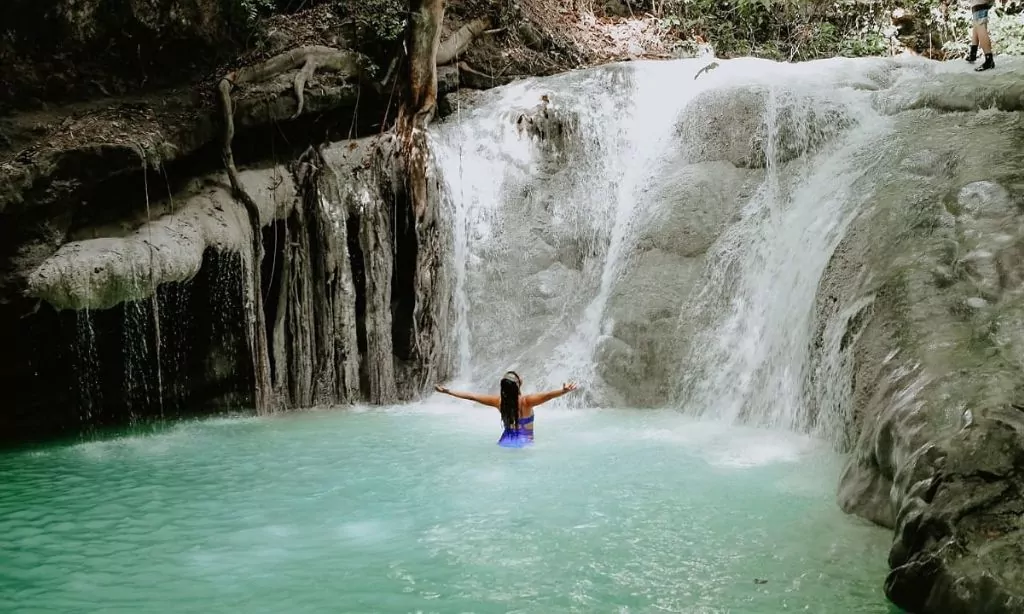
Planning a trip to Negros Island? Aim for October when festivals light up the streets, or pick a sunny spell for endless outdoor fun.
Ideal time during festivals in October and favorable weather for outdoor activities
October in Negros Island brings a vibrant splash of color and festivity that’s hard to miss. Festivals abound, streets come alive with parades, and there’s an infectious energy everywhere.
It’s the island’s way of saying, “Let’s party!” This time of year is perfect for diving into the local culture headfirst. Expect sunny skies ready to compliment your outdoor adventures – whether it’s hitting the beaches or exploring mountain trails.
The weather plays nice too, offering that sweet spot between hot and humid, without tipping over. Think ideal conditions for everything from early morning hikes to late-night festival hopping.
And yes, while the rest of Negros keeps buzzing with activity, those seeking quieter moments won’t be disappointed either; tranquil spots around the island offer escape with just the right amount of sunshine.
Weather patterns and climatic conditions on the island
Negros Island plays a game of two halves, thanks to its mountain range. On one side, you’ve got your sun hat and shades on; on the other, it’s umbrellas at the ready! Dry season rolls in from November to April.
Picture this: clear blue skies and the sun beaming down with temperatures peaking at 34°C during March and April. Ideal for beach frolics or hiking up those lush trails.
But wait—there’s a plot twist! May brings the curtain up for the wet season, lasting till October. The island switches gears as showers sprinkle across its landscapes. And let’s not forget, hurricanes can gatecrash your plans from August all the way to January because, hey, why make weather predictable? Despite this liquid sunshine or maybe because of it—expect adventures drenched in both raindrops and rays.
Historical Background of Negros Island
Negros Island, a place where history isn’t just in the books but under every rock and around every corner. Think ancient tribes met Spanish explorer vibes—it’s like time travel without needing a DeLorean.
Early inhabitants and colonization by Spanish explorers
Long before Spanish explorers set foot on its shores, the island of Negros was a bustling hub. The Negrito ethnic group, alongside Chinese and Malays, called this place home. Imagine these diverse communities thriving under the Philippine sun, each with their own customs and traditions.
Then came April 1565. Spanish ships arrived, captained by adventurers in search of new lands. They dubbed the island “Negros” after noticing the dark-skinned natives—a name that stuck through centuries.
This moment marked a turning point for the island, weaving it into the broader tapestry of colonial history in central Philippines.
Division into Negros Oriental and Negros Occidental, and events during World War II
In 1890, a big change happened on Negros Island. They split it into two parts – Negros Oriental and Negros Occidental. Imagine the island like a giant cake cut in half for two different parties.
This division made each side develop its own unique vibe and culture.
Then came World War II, and things got really intense. Japanese forces decided to visit, but not for the beautiful beaches or sugar cane fields. They invaded the island, bringing a tough time for the locals.
It was a period full of challenges, but also stories of courage and resilience that shaped both Negros Oriental and Negros Occidental into what they are today.
Conclusion
Negros Island beckons with its sugar-sweet charm and hidden historical depth, inviting travelers to dive right into its cultural richness. Between the vibrant festivals and serene beaches, it’s a place where stories come alive beneath your feet.
Whether you’re wandering through lush mountains or dancing in the streets during Masskara, every moment here promises an unforgettable adventure. So why wait? Pack your bags, embrace the unexpected, and let Negros show you how history blends seamlessly with tropical bliss.

